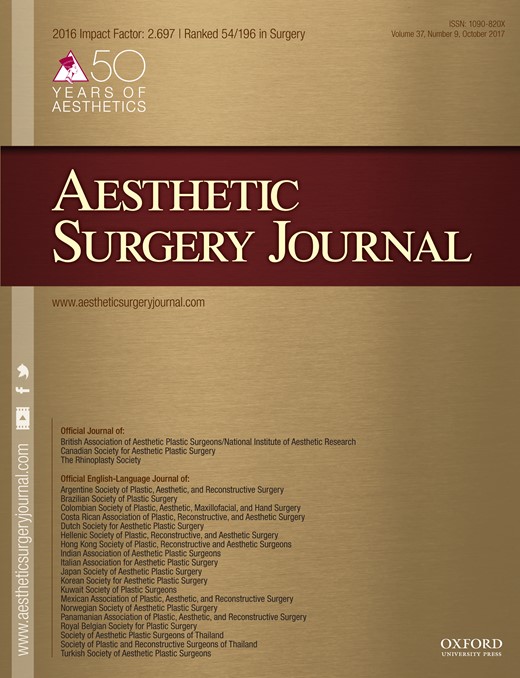-
PDF
- Split View
-
Views
-
Cite
Cite
Holly G Atkinson, Marci Bowers, Ranit Mishori, Deborah Ottenheimer, Comments on “Female Genital Mutilation Reconstruction: A Preliminary Report”, Aesthetic Surgery Journal, Volume 37, Issue 9, October 2017, Pages NP111–NP112, https://doi.org/10.1093/asj/sjx096
Close - Share Icon Share
As clinicians and members of a growing group of physicians working on the management, treatment, and elimination of female genital mutilation (FGM), we were taken aback by the article “Female Genital Mutilation Reconstruction: A Preliminary Report,” by Chang et al1 published March 2, 2017. While we applaud you and the authors for shining a light on the topic in your journal, we think the article had several significant shortcomings.
The authors asserted that “Our search of the international medical literature revealed very little on the technical reconstructive options for FGM and their surgical and psychological outcomes.” This statement, along with another one in the discussion section, state “currently there is no published literature regarding reconstructive management of FGM” reveal a lack of due diligence. A cursory search on April 2, 2017 in PubMed for the terms “FGM clitoral reconstruction” yields at least 13 results relevant to this study. None of these studies were cited in Chang et al’s paper.
Multiple papers, as well as professional guidelines from the WHO,2 have been published internationally on the management of victims of FGM and clitoral reconstruction. Perhaps the most well known study was conducted by Dr. Pierre Foldes et al and published in the Lancet in 2012.3 In that paper, he and his coauthors describe reconstructive surgical outcomes on 2938 women. The surgical technique described by Chang et al is similar to one described by Dr. Foldes and his team, so its presentation as a novel or preliminary technique is incorrect. One of us (M.B.) trained with Dr. Foldes and has performed over 300 reconstructive surgeries in the United States since 2000. In addition, Dr. Jasmine Abdulcadir of the University of Geneva, in Switzerland, has published a series of articles on FGM and clitoral reconstruction, including a systematic review of clitoral reconstruction after FGM, which appeared in 2015.4
Furthermore, statements such as “we have observed an incredibly transformative response in our patients who have undergone reconstruction” are unsubstantiated and have not been examined by any validated measures or instruments. It is noteworthy that one of the patients had to have a partial release and the authors themselves reported her recovery was “lengthy and sensitive,” further bringing into question the previous assessment of “an incredibly transformative response.”
While there is no doubt that clitoral reconstruction for victims of FGM is a promising intervention, and if found to be safe and effective, should be broadly offered to women who may benefit from it, it is an area of study that must be rigorously explored and expanded. We find it disturbing that the authors of this paper seem to be unaware of the literature that has already been published on the subject. We urge the authors to recognize that surgical reconstruction is but one way of addressing the complex social, cultural, sexual, psychological, physiological, and anatomical issues related to FGM. FGM requires a multidisciplinary evidence-based approach.
Disclosures
The authors declared no potential conflicts of interest with respect to the research, authorship, and publication of this article.
Funding
The authors received no financial support for the research, authorship, and publication of this article.
REFERENCES



